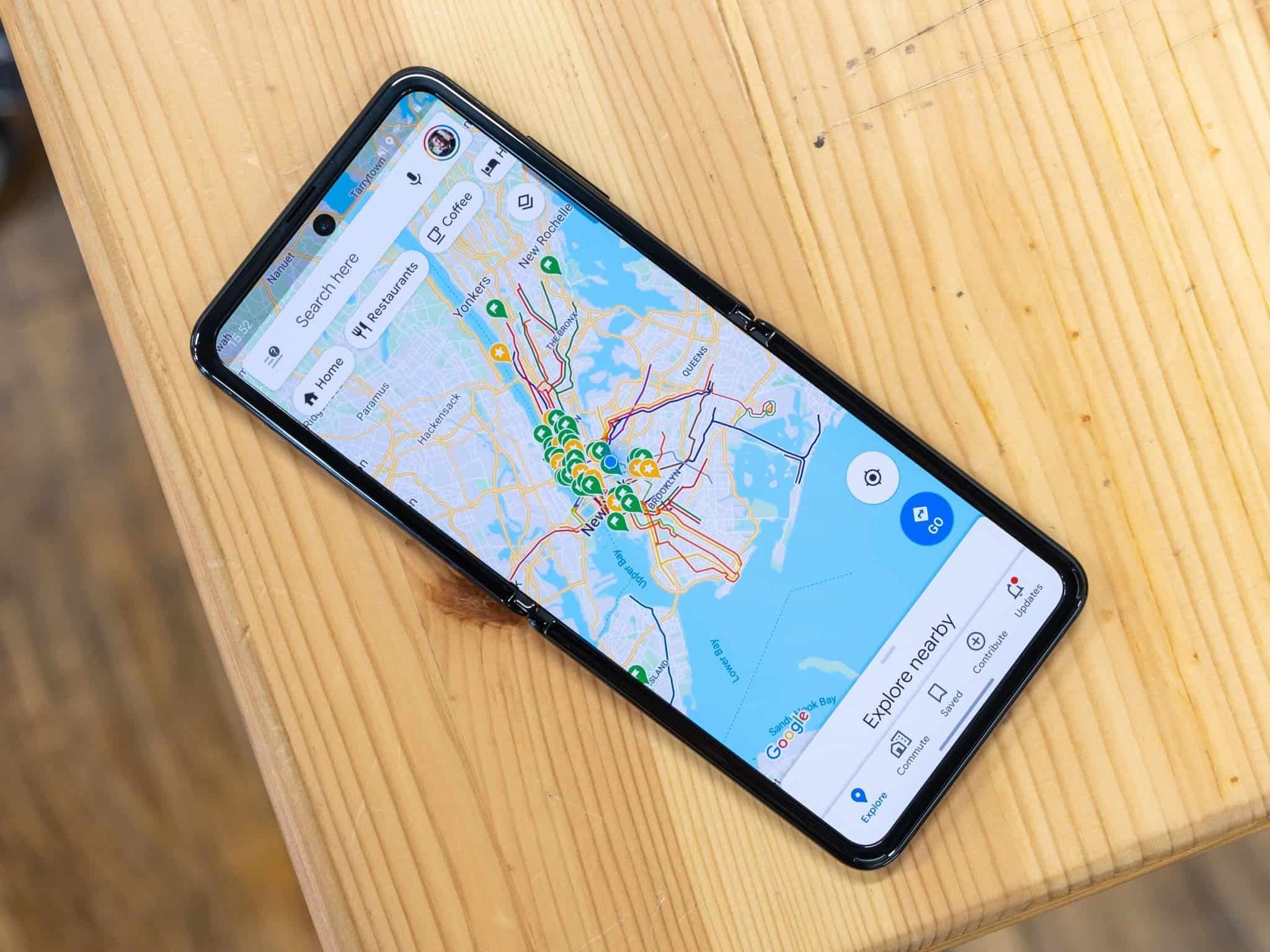When we are in a new city and do not know our way around, GPS on our phones is a good companion that can make our day much easier. With GPS, you can easily find your way around town, get directions to a new location, or even track your fitness activities. In this article, we will explore how to navigate and use GPS features on your smartphone.

How GPS Works on Your Phone
GPS is a radio navigation system that uses radio waves between satellites and a receiver inside your phone to provide location and time information to any software that needs to use it. To use GPS on your phone, you don’t have to send any actual data back into space; you only need to be able to receive data from four or more satellites. Several components work together to pinpoint your location, often with amazing accuracy, and the software can intelligently pick the best way to make it happen.
Choosing the Right GPS App
Choosing the right GPS app is crucial to getting the most out of your smartphone’s GPS features. Here are some things to consider when selecting a GPS app:
- Features: The app should have the features you need, such as turn-by-turn directions, traffic information, and offline maps.
- Accuracy: The app should be accurate and provide reliable directions.
- Ease of Use: The app should be easy to use and navigate.
- Accessibility: If you have a visual impairment, consider using a GPS app designed for people with visual impairments.
Some of the best GPS apps for Android include Google Maps, Waze, Maps.Me, OsmAnd, Polaris GPS Navigation, and Scout GPS Navigation. Each app has its own unique features and benefits, so it’s important to try out a few to find the one that works best for you.
Using GPS Navigation on Your Smartphone
Once you have chosen a GPS app, using it is relatively straightforward. Here are some tips for using GPS navigation on your smartphone:
1. Enable Location Services: Make sure that location services are enabled on your phone. This will allow the GPS app to access your phone’s GPS receiver and provide accurate location information.
2. Enter Your Destination: Enter your destination into the GPS app. You can do this by typing in the address or using voice commands.
3. Follow the Directions: Once you have entered your destination, the GPS app will provide turn-by-turn directions to get you there. Follow the directions carefully, and if you miss a turn, the app will recalculate the route and provide new directions.
4. Use Offline Maps: If you are travelling to an area with poor cell phone coverage, consider using offline maps. Many GPS apps allow you to download maps for offline use, which can be a lifesaver when you are in an area with no cell phone coverage.
5. Save Your Favorite Locations: If you frequently visit the same locations, consider saving them as favourites in your GPS app. This will allow you to quickly access directions to these locations without having to enter the address every time.
6. Consider Battery Life: GPS navigation can be a battery hog, so it’s important to consider battery life when using your smartphone for GPS navigation. Make sure your phone is fully charged before you start your trip, and consider using a car charger to keep your phone charged while you are on the road.
Final Words
GPS navigation is a powerful feature that can turn your smartphone into a powerful navigation tool. By choosing the right GPS app and following these tips, you can easily navigate your way around town and get to your destination with ease.





